What does freedom really mean and how do I cultivate it in my life?
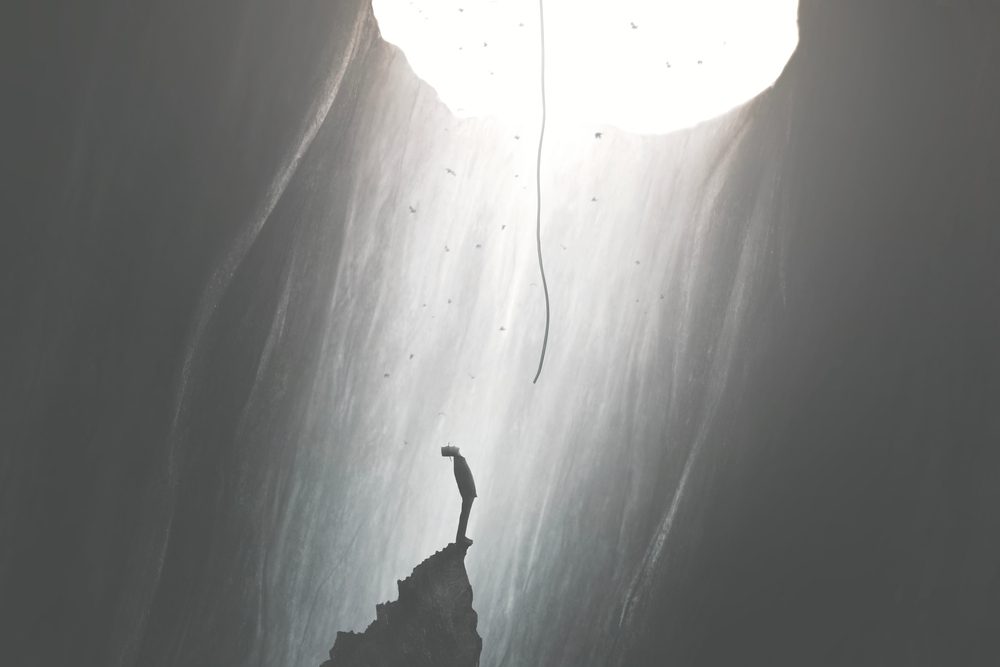
Many of us feel we know the meaning of freedom. And, there are myriad contemporary movements for the cause of freedom in our current world. However, we cannot begin the deeper journey of freedom until we deepen our understanding of what freedom is. There is a quote by poet and meditator Yung Pueblo: “Your liberation is yours to create. No one can free you but yourself.”
Freedom is a profound human need and is our birthright as human beings.
One aspect of freedom is the inner understanding. It often begins with a spiritual journey, where awakening begins with the recognition that I am imprisoned. The spiritual teacher and writer Gurdjieff speaks about imprisonment a lot.
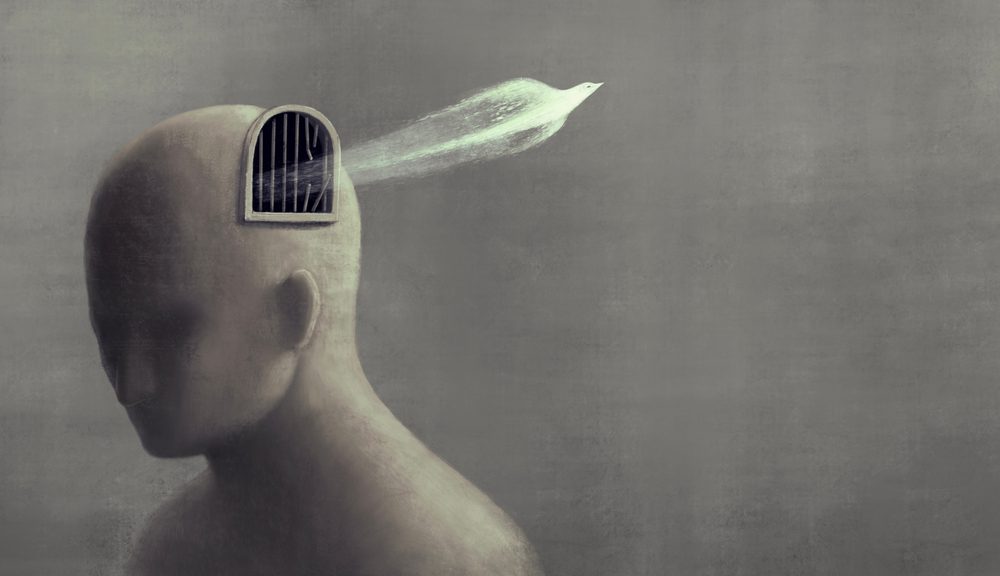
Who among us is in prison? What is the prison?
We might say it is the prison of mental habits, the mind and of consciousness, or our emotions and attachments. Then I might say, I have to work on myself through meditation and other tools as a way of extricating my awareness from identification with my ego-self. I can begin to let go of fear-based stories I tell myself and the limiting beliefs that turn me against myself and others, and which keep me in the illusion of separateness.
Because I believe deeply in freedom–both exterior and interior, I work continually to develop the ability to integrate this principle and strive to “make my life my message” as Gandhi famously said. Perhaps I am only free when I am involved and connected to the world.
Lockdowns – What freedom have we lost?
What does freedom mean in the time of the Covid pandemic? What are the freedoms we have lost and what have we ended up cherishing more than ever?
Through more than two long years of disease, lockdowns and curfews, we have experienced many unexpected restrictions. Freedom of movement was limited, and for some, denied altogether. As we tried to navigate new routines we were forced to do it in isolation. Losing the freedom to be together in proximity made social distancing an extraordinarily painful experience for many with a feeling of being cut off from one another leading to a sense of vulnerability and loneliness.
For me personally, I had a different experience during the lockdown: With an open field and deep woods behind our house, I had a safe and beautiful space to walk and commune with nature. It was easy to maintain social distance and protect myself and others and not feel my freedom was being tested or constricted. How fortunate I was!

Deepening the sense of freedom
However, mentally, I was like so many others, challenged to find ways of staying in touch with friends and family. I continued my work as a teacher via technology and sustaining a positive outlook as best I could. And I kept to my daily routines, which remained relatively undisturbed throughout the pandemic. Despite the layers of uncertainty we all faced, I held on to the sense of inner freedom I’ve developed. The freedom to choose how I would respond each day and embrace each moment of life as it unfolded. I have worked for years with meditation and contemplation to create and maintain this sense of inner freedom. So, even if I’m not “feeling it” one day, I can at least be aware of my thoughts. I can change my attitude, which gives me back the sense of freedom. This starts with the freedom to choose my response.
The well-known Austrian psychiatrist and philosopher, Victor Frankl while describing life in a concentration camp pointed to “the last of the human freedoms–[is] to choose one’s attitude in any given set of circumstances, to choose one’s own way.”
What is Inner Freedom?
We could say that those who are not in jails are not necessarily any freer than those who are. Since many of us searching for inner freedom in our lives – how might we define inner freedom?
Certainly it will feel different for each individual. And as such, it involves self-knowledge. Getting to know ourselves and recognizing all that has conditioned and defined us throughout our lives. Simultaneously, we learn to take a step back and dis-attach from our limited view of ourselves. In this way, we can discover our true eternal being. It is from this place – our true, eternal selves, our souls – that we develop the capacity to unite with others, the world and the divine. It has been said that freedom, along with love, is our birthright as human beings.
Mystics tell us that only when we acquire the capacity to live free from all conditioned habits of thought and action will we achieve peace within ourselves. The meditation teacher, Eknath Easwaran, reminds us that the key here is attention. He says we should “gain the capacity to direct our mind as we choose, so it never gets trapped by any undesirable focus.” He also reminds us that “a trapped mind is compulsive; a mind that goes where you choose is free.”
The Power to Choose
One myth of freedom is that we can do anything we want. And get what we want without considering the impact on others or the planet. However, if I consider myself a seeker of inner freedom, I cannot ignore what teacher, Pema Chodron, reminds us about. “Feedom of heart and mind will make us more available to help others and [be] more effective in doing so.”
Is it possible that we can live courageously and compassionately as we connect to others who are experiencing similar challenges to our own? The possibility is that if I choose to live moment to moment with compassion, from a heart and mind that is open and uncluttered, I can expand my inner life, my creativity, my possibilities and my involvement in life.
There are so many examples of living compassionately: One way is to leave myself aside and give the person I am with my full attention. Another way is when in a conversation, I really listen and look the other person in their eye. When having a meal with someone, I can put my phone away. All these actions are a part of cultivating my power to choose, practicing and growing a freer heart and mind. And it doesn’t hurt that the person next to me can feel my being more present with them.
Giving the benefits of freedom to another
Recently we were staying at a favorite inn visiting family for the holidays. Our usually jovial host seemed uncharacteristically quiet at breakfast. He generally greets us warmly and engages in lively conversation as he cooks and serves a beautiful meal. This particular morning however, he was very reserved and didn’t interact with his usual cheerful energy. After a while, he said one of his beloved cats had been struggling with a critical health issue. He told us the cat would need to be euthanized that afternoon. He expressed his deep concern and anxiety as he anticipated a long, stressful day ahead. My heart resonated as I remembered the pet losses we experienced over the years. I took a slow, deep breath and hugged our friend. Often the only thing a person needs from another is for them to simply be there, fully present.
In those moments, showing compassion can have a profound effect. Perhaps a listening ear, a hug, a compassionate presence can bring a feeling of understanding, comfort and emotional support. I accompanied our friend the way I would like to be accompanied in a similar situation. From an open heart and an uncluttered mind, I was able to offer the gift of presence freely. This is a gift that can help us all grow and expand our possibilities.
Albert Einstein and the delusional prison
In a well-known quote by Albert Einstein, he reminds us that we humans are part of the whole and yet we experience ourselves, our thoughts and feelings “as something separate from the rest–a kind of optical delusion of consciousness”. This delusion is a kind of prison for us, restricting us to our personal desires and to affection for a few persons nearest to us. Our task must be to free ourselves from this prison by widening our circle of compassion to embrace all living creatures and the whole of nature in its beauty.”
When I stop long enough to notice the way in which I am seeing the world, I can honestly admit I am frequently seeing reality through a fragmented lens. I can too often look at others through my own preferences–what I like and don’t like–my desires and my interests. Likewise, I can too easily adopt a conditioned, separatist viewpoint that fragments life and my relationships.
An example of this occurred at the gym I am a member of a number of years ago. A new person in our class seemed unwilling to make space on the floor for my friend and me. Her attitude was unbending and unfriendly. So we chose not to argue but simply to move to another part of the room. This went on for many months. No friendship developed until years later when we had some breakthrough conversations and laughed about something silly! She is an in interesting, caring “human” being and now a good friend.
We have shared many personal experiences since the first encounter and I learned how much we have in common.
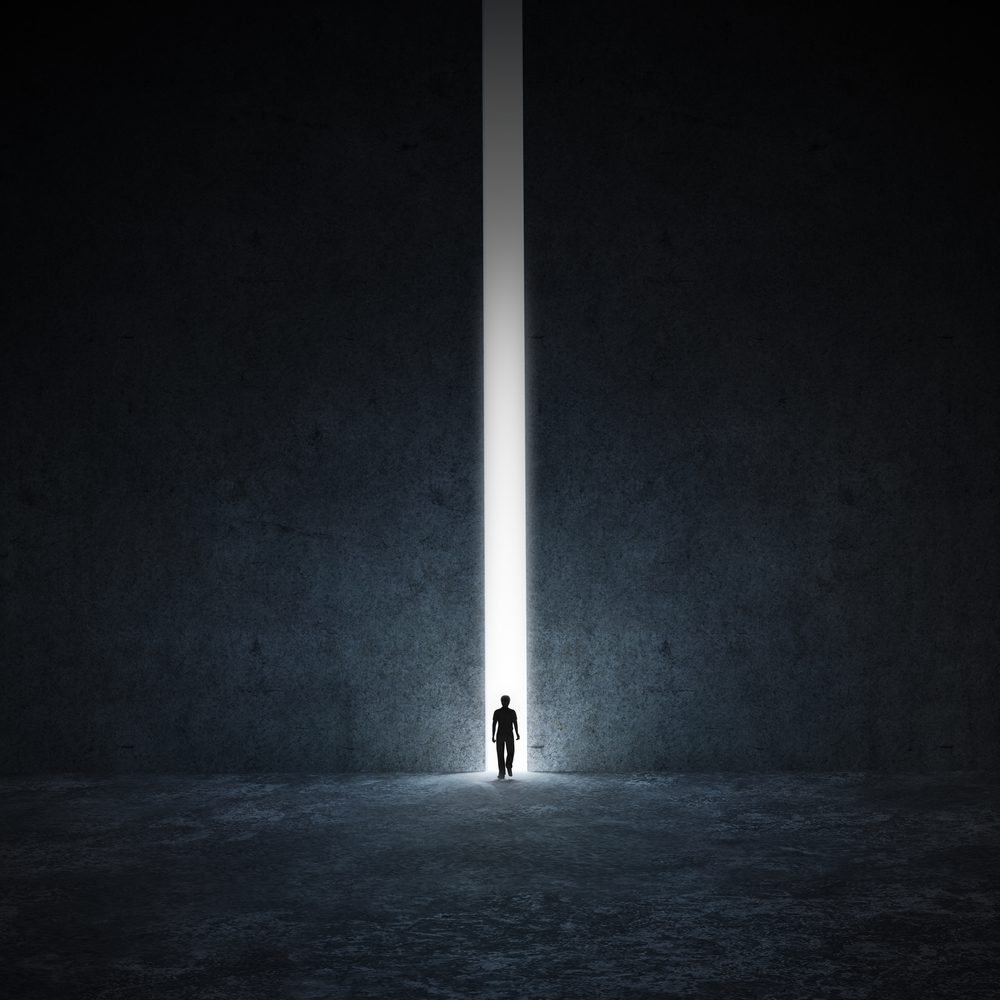
Freedom and Vulnerability
Sharing our truth, revealing ourselves, and opening our hearts to others can be an experience of vulnerability in which we may discover our deepest sense of freedom. Artist, singer, songwriter Bob Dylan speaks of finding creativity and strength through vulnerability and from that vulnerability, as a human, an incredible freedom. He describes this experience as a “place we can feel extraordinarily alive and receptive to all sorts of things, creatively and spiritually… a nuanced place that feels both dangerous and teeming with potential, the place where big shifts can happen. The more time you spend there, the less worried you become of how you will be perceived or judged, and that is ultimately where the freedom is.”
A place of vulnerability tied to freedom for me is speaking in front of groups. This is a fear common to many and an ongoing challenge to work with in my own life.
With perseverance, support and tools (e.g. breathing and meditation practices) I have overcome much of the anxiety around public speaking. Challenging myself to keep trying, to be an example for my students and to realize my connection to millions of people in the same boat, led me over time to a subtle place, as Dylan suggests, bursting with possibilities. I realize that the more I let go of my fear and honor the moment I stand in, the freer and lighter I feel, the more prepared I am to offer myself wholeheartedly to whatever the moment requires.
Freedom and Responsibility
Writings of those who lived in the concentration camps during World War II recall the men who came through the barracks, consoling others and giving away their last piece of bread. However few in number, these were messengers of hope. And, they offer sufficient evidence that everything can be taken from a human but one thing: Our freedom to choose, in this case, a positive mindset over a negative one.
As human beings it is necessary that we acquire a sense of responsibility and respect for each other’s boundaries. This sense of responsibility is centered in civility and respect for ourselves and others. Freedom doesn’t mean we have a license to do whatever we want, disregarding the fact that our decisions are inextricably linked with a sense of responsibility. One can’t exist without the other.
Rabbi Hillel in the 1st century spoke to this very thing: “If I am not for myself, who will be for me? If I am not for others, what am I? And if not now, when?”
Our modern culture continues to obviate that freedom is attached to responsibilities although most people understand the concept. For example, our freedom to worship according to our faith doesn’t mean we have a right to disrupt or harm others based on a religious practices that are different from our own.
All are free to choose their own path. As individuals and as nations we don’t have the right to dominate others for our own purposes. Could we say that freedom is tied to our responsibility for the common good, the welfare of all and ongoing concern for the way our actions impact others?
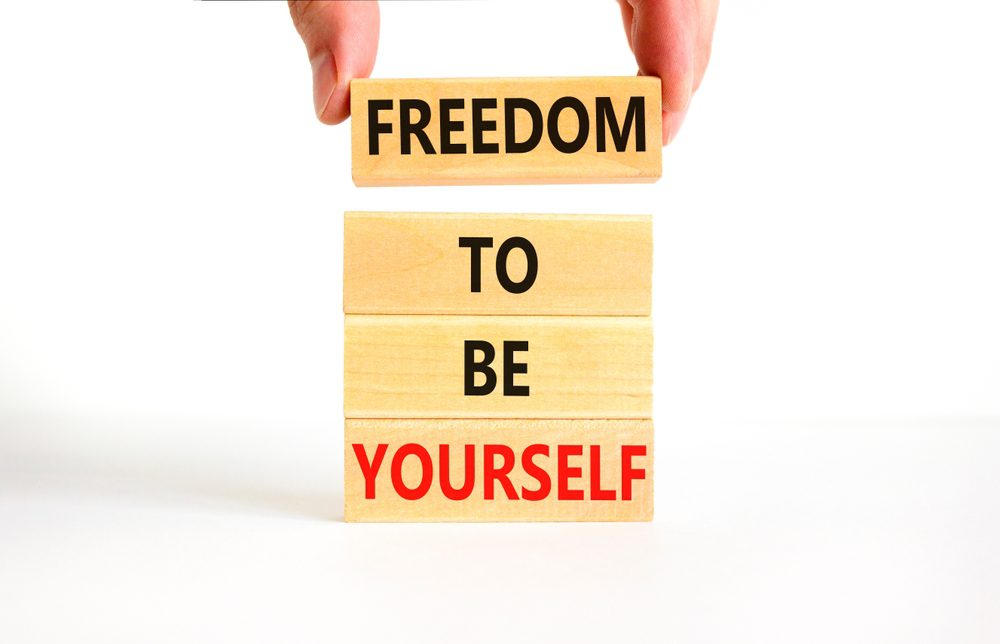
Our Friend Shedrick and Freedom
Over the past ten years or so, I have gotten to know Shedrick Blackwell. Getting to know him during visits to Sing Sing Correctional Facility served to expand my understanding of what I had assumed might be a sizable divide between us. Together, over time, we were able to see the profound humanity we all share. We all have similar aspirations and these connect us one to another. Through my conversations with Shedrick, we united in our collective quest for spirituality through inner and outer freedom.
The fourteen-foot high chain-link fences reinforced with a double ring of razor wire juxtaposed with the flowing Hudson River were clear, visual symbols: one of freedom, the other of imprisonment. Shedrick moved over the years to other facilities and we continued to visit him. Regulations and restrictions regarding his daily choices (what he could do and eat) are set and beyond his control. We have brought him fresh food and wired him money so he could eat well and protect his health. He was grateful to have the opportunity and later earned the right the play music, give drum lessons and take college classes.
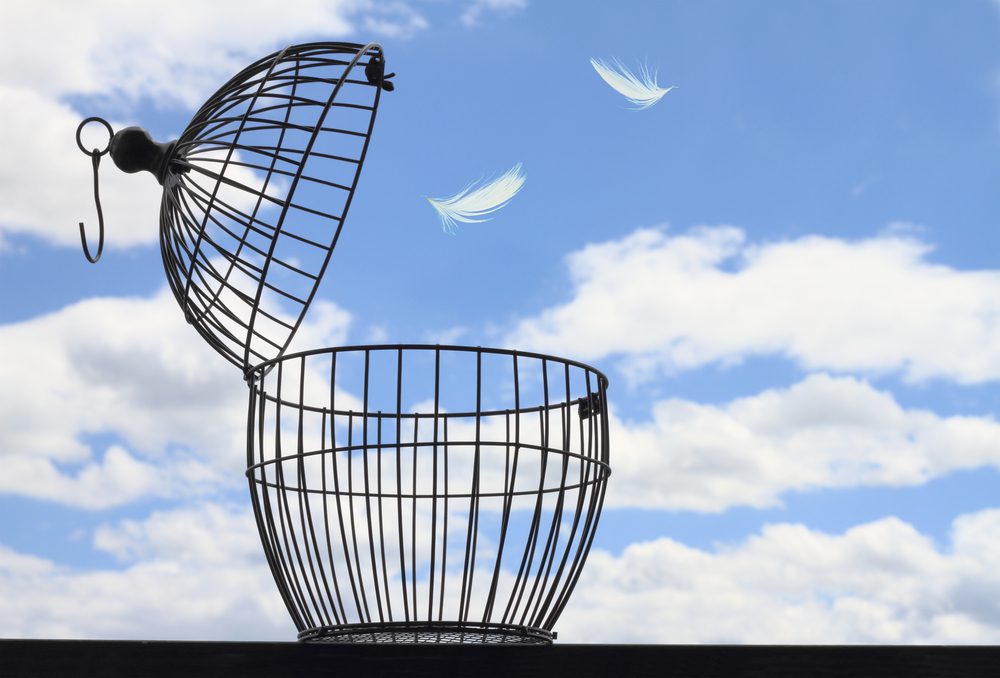
Cultivating Freedom
From what he shared in his letters over the years and during our in-person visits, it seemed to me that Shedrick took his inner freedom very seriously. Every chance he had to grow and learn, he took gratefully and humbly. With perseverance and courage he studied, wrote papers, struggled through math and kept going. Inner transformation was clearly happening. His energy and creativity were unfolding. He participated in a Carnegie Hall-sponsored concert and was chosen to give a TedTalk on music.
Each time we visited and spent time with him, I felt Shedrick was fully present with us. In the course of a decades-long incarceration it appeared that Shedrick had taken full advantage of the time to go inward, to reflect deeply about himself and his goals, to extricate himself from anger, negative thought patterns and ways of seeing things. During our time together he was not busy being anything other than being present and right here.
Tools to Cultivate Freedom
As a new year commences I am choosing to re-up my commitment to the prophetic/mystical road that leads toward freedom. This road includes a step or two forward each day and that inevitable human one step backward. We may recognize it as the road less traveled and not an easy one at that. With my spiritual eyes I see the fundamentally painful quality of human existence. Am I willing to bear witness to the devastating dichotomies that are imprinted on all of the reality of life? And yet embracing what is true and real, seems to be the road to freedom. Isn’t it often said that “the truth shall set us free?” We can also ask: isn’t it being present and participating with life as it is: allowing ourselves to be part of reality that will penetrate our hearts and grant us the freedom we all seek?
I see my “spiritual toolkit” as a powerful resource for helping us on our inner journey to freedom. When I wake up in the morning I make certain that I spend time in prayer and meditation. This sets a tone and focus for my day and places my metaphorical feet in the direction I intend to go. I visualize images that remind me that at my core, I am a mystic. Then, I try, like so many before me, practicing staying present and in touch. I work on staying engaged and involved with life in a sincere effort to encounter and reconcile its contradictions.
Accepting What Is
Bringing myself fully into “what is” creates an opening, a set of fresh possibilities for freeing myself from the limitations that hold me back, from being all I truly am, can and want to be. The world needs mystics who are willing to work in this way, digging deep in our inner gardens as we seek true connection to one another, healing and transformation.
From one of the teachings from Santiago Bovisio, The Good Road: Liberation and Change “We just need to be what we are: human beings with an infinite number of possibilities. To know this and to behave accordingly is true liberation.”
May we take our responsibility to heart and walk the road toward freedom together!
In Shedrick’s own words – thoughts on inner freedom.
As part of my writing this, I’ve asked Shedrick to share some of his thoughts on freedom. They are inciteful and inspiring:
Shedrick’s own words:
“For nearly twenty years of incarceration, there is no questioning whether or not I have thought about freedom and what it would feel like or what it would actually mean to be “free” in one way or another. I’ve examined the question “would life beyond the confines of barbed wire fences and concrete walls necessarily equate to freedom?”
Of course, I have dreamt of freedom, but I find that because I suffer from deprivation (the list is too long to detail), most, if not all of my freedom dreams consist of carnal caricatures of simply being out of prison, which only causes me stress because waking up can be painful.
For the record, over the course of nearly two decades my relationship to freedom or my definition of it has been nothing short of complex and oftentimes terribly skewed; almost customarily due to my understanding of freedom failing to stretch beyond the concept of merely being on the other side of incarceration.
However over time, I have learned to think more deeply about the concept of freedom and how my former visions and versions of it were considerably unstable and completely unreliable. As I mentioned earlier, any thoughts of freedom I had were primarily content-less; all fluff and no stuff. Nonetheless, as my thoughts of freedom deepened, via the practice of rigorous self-analysis, extensive meditation and a healthy dose of courage, I began to see, to understand freedom as something much more than just an external state; more than just being unrestrained. I began to realize that the essence of freedom was abundantly more.
My Search for Freedom
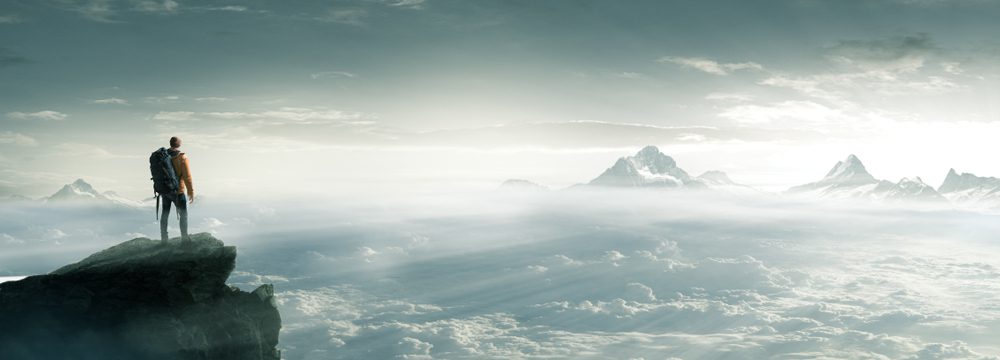
In my search for freedom, I found that simply being without coercion, compulsion, constraint or restraint, although somewhat satisfying, was also immensely transitory. Freedom from captivity, from my perspective, or better still, the perspective of someone who is incarcerated, only makes room to merely go about the business of satisfying fleshly desires… but then what? Freedom is copiously more than a physical, celebratory moment in time.
My arduous self and spiritual exploration has brought me to the understanding that the true essence of freedom, of being free has absolutely nothing to do with transient physical gratification but everything to do with finding, embracing and enhancing tranquility–the state of being free from agitation of mind or spirit–steady, stable and calm. The pursuit of freedom and eventual discovery of it should be a transcendental experience. But let me pause here, because I have spent an almost unreasonable amount of time talking about what I believe freedom is, and absolutely no time on how to achieve the freedom I am referring to.
There are many routes and vehicles that lead to the type of freedom I am speaking about. It would be terribly negligent if I did not state that I cannot say which, if any, route or vehicle guarantees arrival. However, what I can say with paramount certainty is when you do find your mode of transportation, getting to the destination is assured.
Freedom through Music
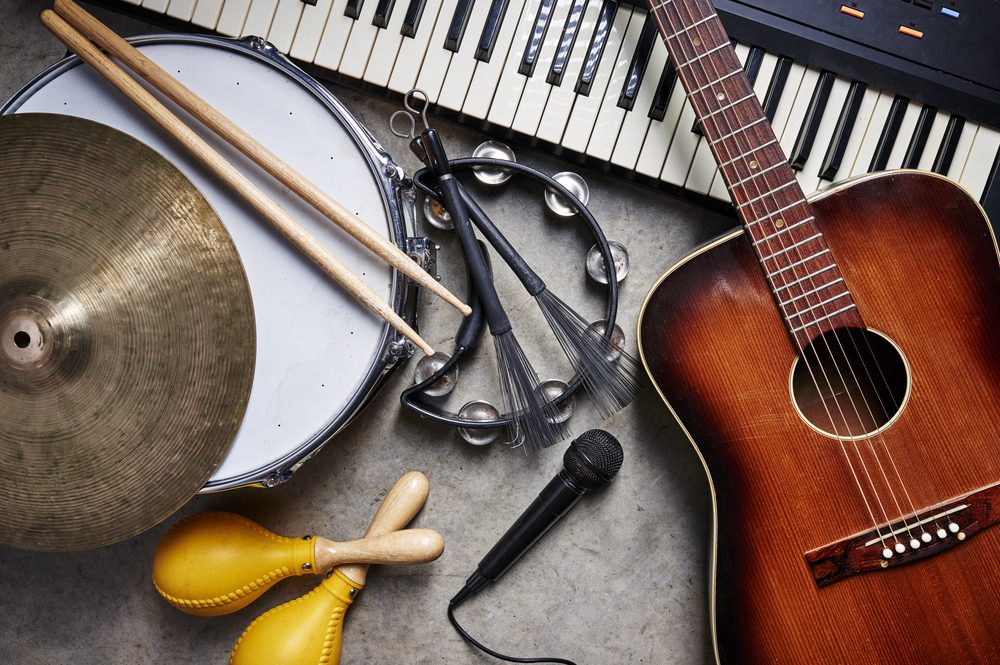
Music, the science or art of ordering tones or sounds in succession, in combination and in temporal relationships to produce a composition having unity and continuity is my chosen mode of travel. When I want to be free–free of prison, of pain, of confusion and sadness, I lean on music. Who needs H.G. Wells when you have Martha Wells? Because my tastes in music are extraordinarily eclectic, I have the great fortune of having more than a few vehicles from which to select when I am ready to travel. Adding to this is the fact that I am also a musician which affords me a profound connection to music which in turn provides me a portal to freedom.
For some, in fact I know a person, who relies on silence to free himself. For others, exercise is the mode of travel. Not to be mistaken, I am not talking about the practice of escapism. To be clear, I am not propagating the avoidance of reality but rather something tactile and tangible, something that removes one from a corrupted space and places you in an improved reality. When I listen to, or compose a piece, I am moving out of a place of restraint, physically, mentally, spiritually and into a realm of calm, peace and tranquility. I am free… indeed.”
